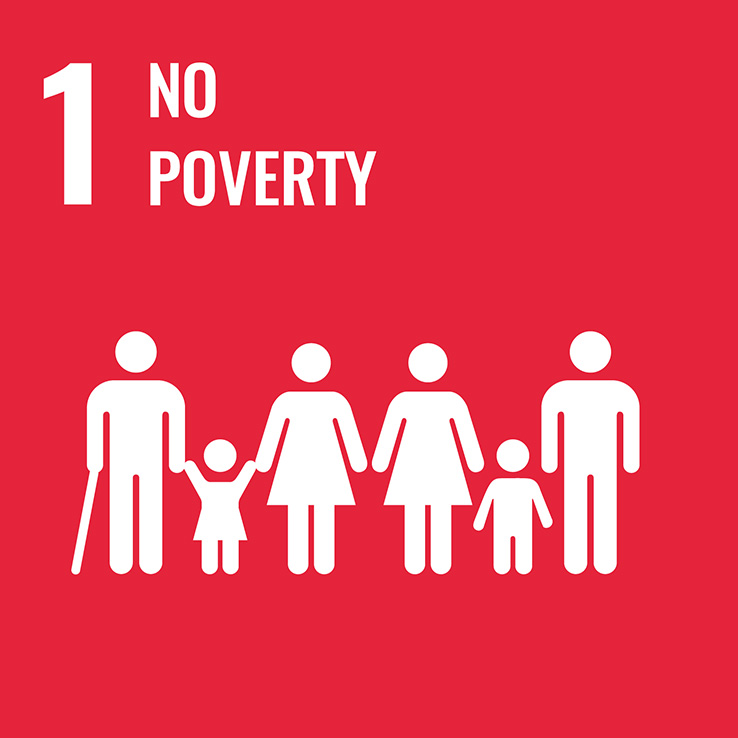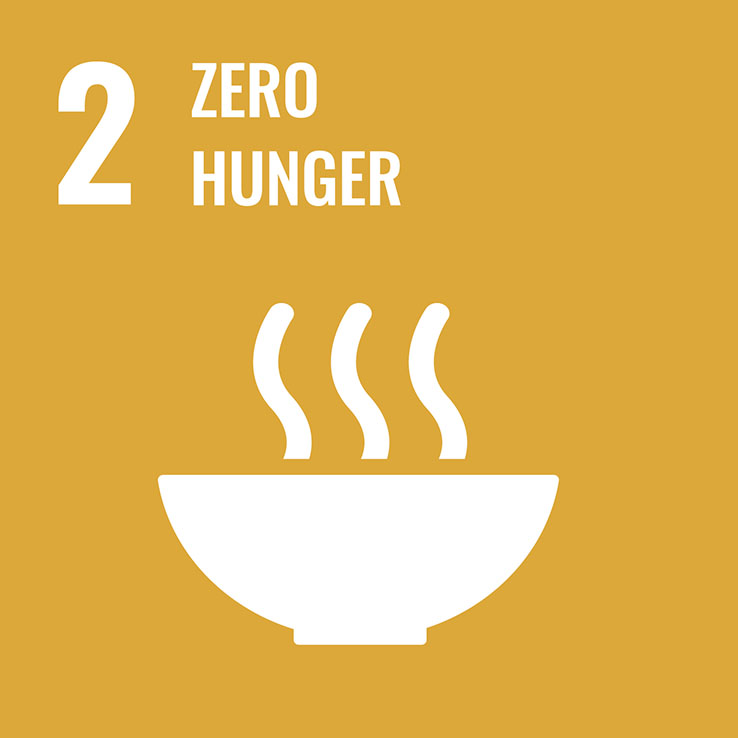
Selection


1.3.1 Proportion of population covered by social protection floors/systems, by sex, distinguishing children, unemployed persons, older persons, persons with disabilities, pregnant women, newborns, work-injury victims and the poor and the vulnerable

1.4.1 Proportion of population living in households with access to basic services

1.4.2 Proportion of total adult population with secure tenure rights to land, (a) with legally recognized documentation, and (b) who perceive their rights to land as secure, by sex and type of tenure

1.5.1 Number of deaths, missing persons and directly affected persons attributed to disasters per 100,000 population

1.a.1 Total official development assistance grants from all donors that focus on poverty reduction as a share of the recipient country’s gross national income

1.a.2 Proportion of total government spending on essential services (education, health and social protection)

1.b.1 Pro-poor public social spending

2.1.1 Prevalence of undernourishment

2.2.1 Prevalence of stunting (height for age <-2 standard deviation from the median of the World Health Organization (WHO) Child Growth Standards) among children under 5 years of age

2.2.2 Prevalence of malnutrition (weight for height >+2 or <-2 standard deviation from the median of the WHO Child Growth Standards) among children under 5 years of age, by type (wasting and overweight)

2.2.3 Prevalence of anaemia in women aged 15 to 49 years, by pregnancy status (percentage)

2.3.1 Volume of production per labour unit by classes of farming/pastoral/forestry enterprise size

2.3.2 Average income of small-scale food producers, by sex and indigenous status

2.4.1 Proportion of agricultural area under productive and sustainable agriculture

2.a.1 The agriculture orientation index for government expenditures

2.b.1 Agricultural export subsidies

2.c.1 Indicator of food price anomalies

3.3.4 Hepatitis B incidence per 100,000 population

3.5.1 Coverage of treatment interventions (pharmacological, psychosocial and rehabilitation and aftercare services) for substance use disorders

3.7.1 Proportion of women of reproductive age (aged 15–49 years) who have their need for family planning satisfied with modern methods

3.8.2 Proportion of population with large household expenditures on health as a share of total household expenditure or income

3.b.3 Proportion of health facilities that have a core set of relevant essential medicines available and affordable on a sustainable basis

3.c.1 Health worker density and distribution
